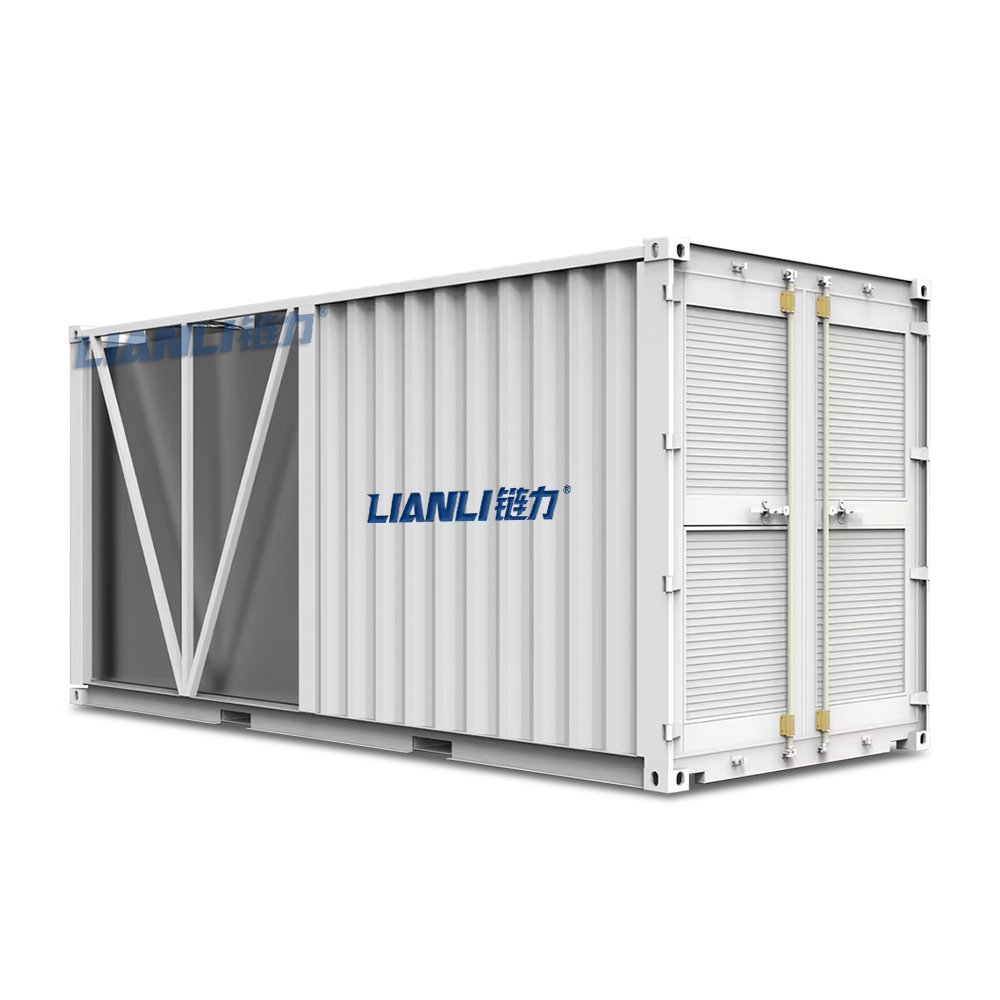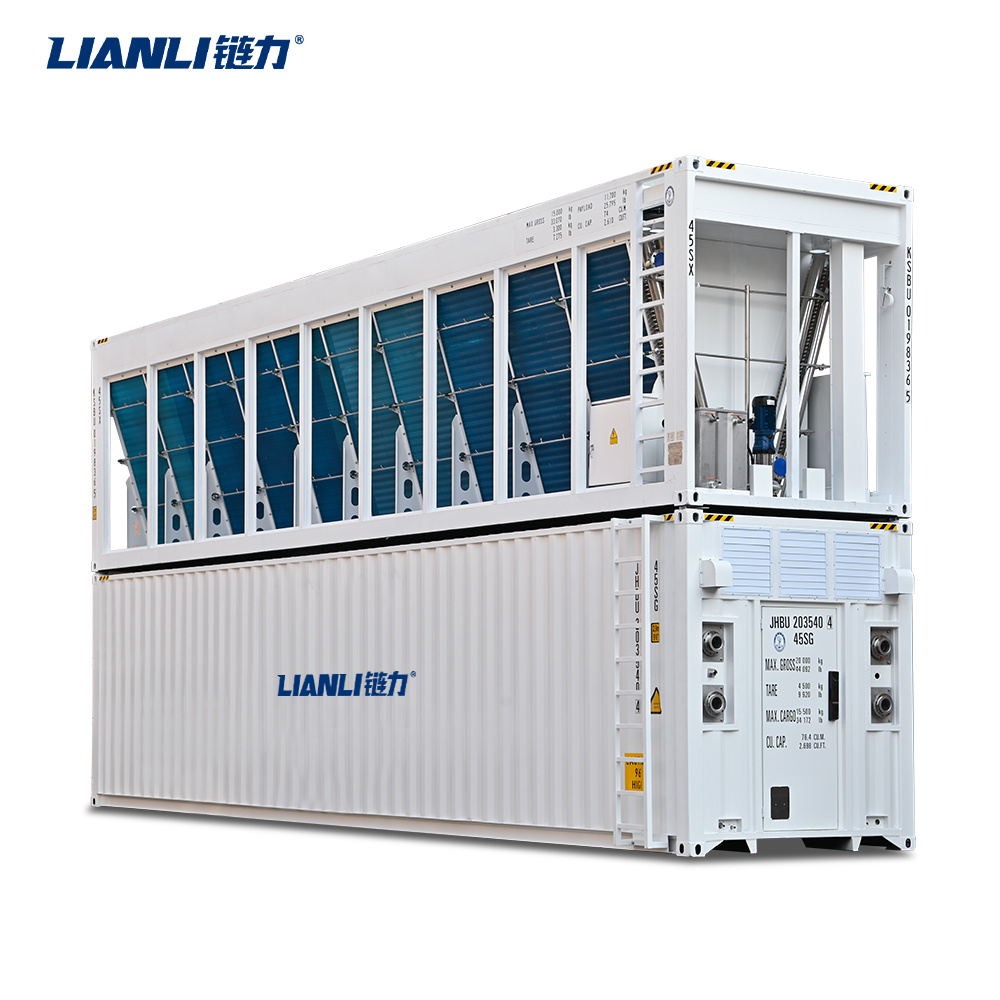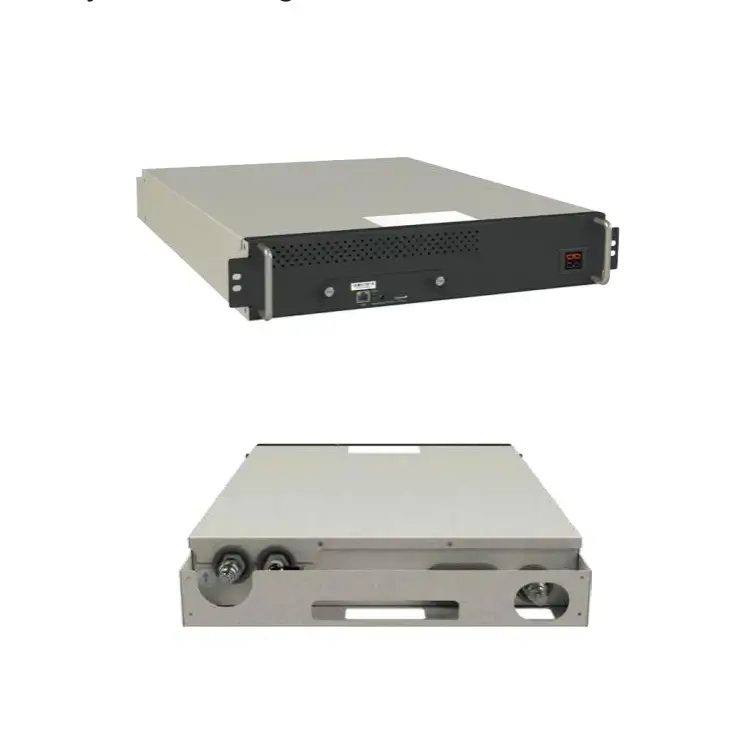In the fast-paced world of cryptocurrency mining, where efficiency can make or break profitability, staying cool is more than a luxury—it’s a necessity. As we dive into 2025, Bitcoin and altcoin miners are facing skyrocketing energy costs and hardware demands, pushing many to abandon traditional air cooling for advanced liquid cooling solutions. Imagine slashing your electricity bills by up to 80%, extending your rig’s lifespan, and mining silently without the roar of fans. That’s the promise of liquid cooling systems tailored for crypto mining. Whether you’re a home enthusiast or scaling a farm, this guide explores the best crypto mining liquid cooling systems, their benefits, setup tips, and more to help you optimize your operation for maximum returns.
Understanding Liquid Cooling for Crypto Mining
Liquid cooling, also known as hydro or immersion cooling in mining contexts, involves using fluids to absorb and dissipate heat from your mining hardware. Unlike air cooling, which relies on fans to push hot air away, liquid systems directly contact components like ASICs or GPUs, transferring heat more effectively. This technology isn’t new—it’s been used in high-performance computing for years—but its adoption in crypto mining has surged due to the intense heat generated by rigs solving complex algorithms.
In essence, liquid cooling keeps your miners running at optimal temperatures, preventing throttling and failures. For Bitcoin mining, where ASICs can hit 70-80°C under load, this means consistent hash rates and lower downtime. According to industry experts, hydro cooling absorbs heat faster than air, leading to smoother operations.
Types of Liquid Cooling Systems for Mining Rigs
When it comes to crypto mining, not all liquid cooling is created equal. Here are the primary types, each suited to different scales and budgets:
1. Immersion Cooling
This method submerges your entire mining hardware in a non-conductive dielectric fluid, like specialized oils or coolants. The fluid directly contacts chips and boards, pulling heat away efficiently. It’s ideal for large-scale farms, offering near-silent operation and superior thermal performance. Popular for Bitcoin ASICs, immersion can handle up to 312kW of compute density in a single tank, consuming zero water. Drawbacks? Higher upfront costs and the need for compatible fluids.
2. Hydro or Water Cooling
Hydro systems circulate water or coolant through tubes and blocks attached to hot components, then radiate heat via external exchangers. It’s more accessible for home setups and can be customized for GPU rigs mining Ethereum or other altcoins. Unlike immersion, it doesn’t require full submersion, making it easier to maintain. However, it demands leak-proof setups to avoid hardware damage.
3. Hybrid and Evaporative Systems
For those in hot climates, evaporative cooling combines liquid with air evaporation for added efficiency. Think of spraying water on radiators to cool large rigs. Hybrids blend immersion with hydro for optimized performance in containers or sheds. These are gaining traction in 2025 for their energy savings in arid regions like Phoenix.
The three main cooling methods in Bitcoin mining—air, immersion, and hydro—highlight liquid options as superior for sustainability and scalability.
Advantages of Liquid Cooling Over Air Cooling
Why switch to liquid? The benefits are compelling, especially as mining difficulty rises and energy prices fluctuate.
Superior Efficiency and Performance: Liquid cools up to 50 times better than air, reducing temperatures and allowing overclocking for higher hash rates. Miners report up to 80% energy savings in immersion setups. This translates to better profitability, with hydro systems extending hardware life by keeping chips at 70-80°C.
Noise Reduction: Say goodbye to fan noise.
Immersion and hydro setups are virtually silent, perfect for home miners who don’t want a jet engine in their garage.
Sustainability and Cost Savings: Water cooling drives eco-friendly mining by slashing power use and enabling heat reuse (e.g., warming homes). It’s more stable long-term, with fewer failures from dust or overheating.
Scalability: For farms, liquid systems support denser setups, fitting more rigs in less space without thermal issues.
Of course, initial costs are higher—hydro might be cheaper upfront than immersion—but ROI comes quickly through lower bills and extended miner lifespan.
The Best Crypto Mining Liquid Cooling Systems in 2025
Based on expert reviews and user feedback, here are top picks for 2025. These balance performance, cost, and ease of use.
| System | Type | Best For | Key Features | Approx. Price |
|---|---|---|---|---|
| Fog Hashing C6/C2 | Immersion | Home/Small Farms | Easy setup, silent operation, supports ASICs like Antminers; up to 20kW capacity. | $7,000+ |
| CryptoCooling.eu Elite Systems | Immersion/Hydro | Large-Scale | Made in Europe, overclocking support, heat reuse; customizable for Bitcoin/other crypto. | Custom Quote |
| LiquidStack Crypto Solutions | Immersion | Industrial Farms | High-density (312kW/tank), zero water use, ultra-efficient for sustainability. | Enterprise Pricing |
| MRCOOL DIY Ductless Mini-Split | Hybrid Hydro | Home Rigs | Affordable HVAC integration, efficient for GPU setups; easy install. | $1,000-$2,000 |
| JetCool Water Cooling Kits | Direct Liquid | Data Centers/Mining | Improves performance by 20%, eco-friendly; compatible with ASICs. | Varies |
For the absolute best, Fog Hashing stands out for home users due to its plug-and-play immersion, while CryptoCooling.eu excels in professional overclocking. Always check compatibility with your miners, like the top profitable ASICs such as Whatsminer or Antminer series.
How to Set Up Liquid Cooling for Your Mining Rig
Setting up isn’t as daunting as it seems. Here’s a step-by-step guide:
- Choose Your System: Match to your rig size—immersion for ASICs, hydro for GPUs.
- Prepare Hardware: Clean miners with compressed air (50psi) to remove dust. For immersion, ensure components are fluid-compatible.
- Assemble Components: For hydro, install water blocks on chips, connect tubes to pumps and radiators. Use leak-tested fittings.
- Fill and Test: Add coolant (distilled water or dielectric fluid). Run tests to check for leaks and monitor temps.
- Integrate with Rig: Submerge or circulate in a tank/container. For large setups, use 20′ shipping containers with built-in cooling.
- Monitor: Use software to track temps; aim for 20-30°C ambient.
Tools like Fog Hashing’s C2 make this plug-and-play, taking hours not days. Budget $2,000-$20,000 depending on scale.
Maintenance Tips for Long-Term Success
Proper care ensures your system lasts. Key tips:
Regular Inspections: Check coolant levels weekly; top up as needed. Inspect for leaks at fittings.
Cleaning: Drain and flush every 6-12 months. Use distilled water for blocks; blow out debris with air.
Temperature Monitoring: Keep chips below 80°C; use filters to prevent dust buildup.
Winterization: Drain non-operating systems to avoid freezing.
Upgrades: If overheating persists, consider adiabatic add-ons or professional servicing.
Consistent maintenance can double your rig’s lifespan and maintain peak efficiency.
Conclusion: Cool Your Way to Crypto Success
In 2025, the best crypto mining liquid cooling system isn’t just about staying operational—it’s about thriving in a competitive landscape. From immersion’s silent power to hydro’s accessibility, these systems offer unmatched efficiency, sustainability, and profitability. Start small, monitor closely, and watch your mining yields soar. Ready to upgrade? Research your setup’s needs and dive in—your wallet will thank you.

FAQ About Crypto Mining Liquid Cooling System
1. What is the best crypto mining liquid cooling system?
The best crypto mining liquid cooling system combines efficiency, durability, and cost-effectiveness. Popular options include immersion cooling systems, which provide superior heat management by fully submerging mining hardware in a special cooling fluid. These systems are ideal for high-performance miners seeking to maintain optimal operating temperatures, increase hardware lifespan, and reduce noise levels. Leading brands like Antminer and Bitmain offer advanced hydro-cooling solutions for cryptocurrency mining rigs.
2. How does immersion cooling work for crypto mining?
Immersion cooling for crypto mining involves submerging mining hardware, such as ASIC miners, into a specially formulated liquid that absorbs and dissipates heat. This method ensures superior thermal management compared to traditional air cooling systems, preventing overheating and allowing machines to run continuously at peak performance. Immersion cooling also reduces the need for noisy fans and enhances the overall efficiency of the mining operation, making it a popular choice for large-scale mining farms.
3. Why should I consider liquid cooling for my crypto mining setup?
Liquid cooling offers significant advantages over traditional air cooling systems for crypto mining, especially for high-performance mining rigs. It provides more efficient heat dissipation, allowing your hardware to run cooler and more consistently. Liquid cooling systems also reduce dust buildup and extend the lifespan of mining equipment. Whether you’re operating a small-scale setup or managing a large mining farm, liquid cooling can help maximize your mining efficiency, lower energy costs, and reduce maintenance time.





